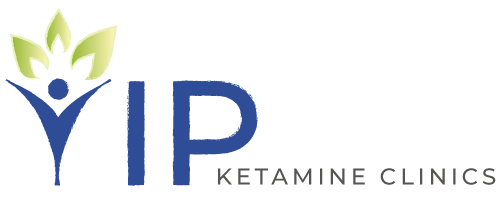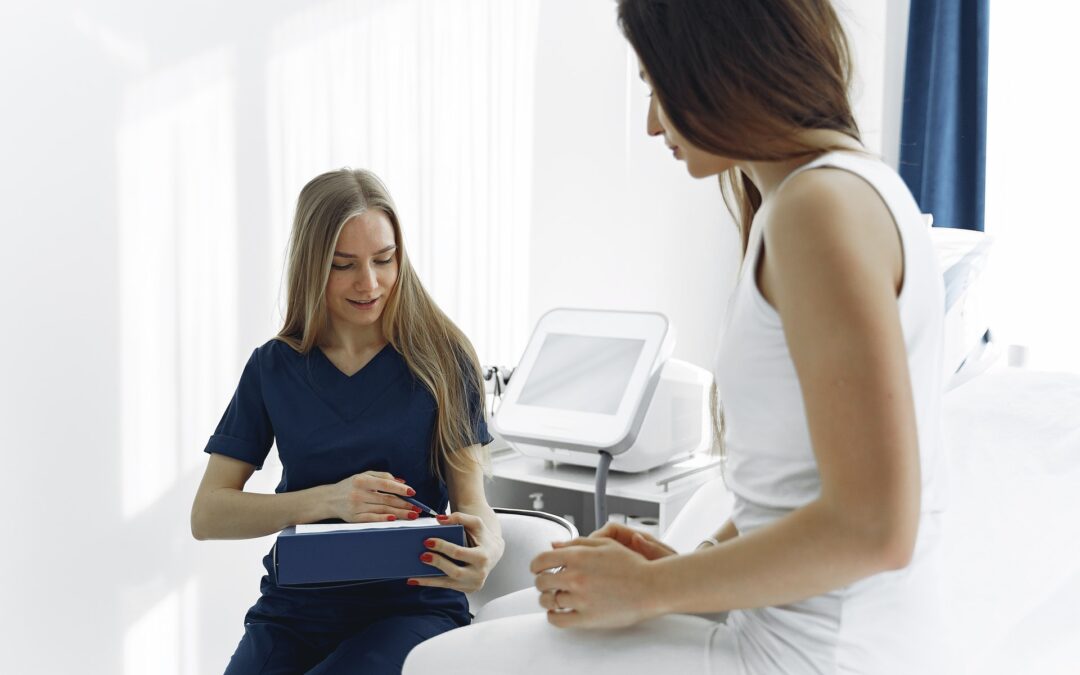Up until now, patients with debilitating depression or anxiety would be prescribed traditional antidepressants, requiring them to wait weeks—sometimes months—to feel the effects of their prescription medication. Fortunately, there have been new discoveries in the world of psychiatry that have urged doctors to explore more effective treatment plans for those suffering from debilitating mental illness. They have found that implementing interventional psychiatry treatments can help patients feel better, faster. Interventional psychiatry is a fairly new field within psychiatry that employs treatments other than traditional psychotropic medications. These include electroconvulsive therapy (ECT), repetitive transcranial magnetic stimulation (rTMS), deep brain stimulation (DBS), ketamine infusion therapy, and esketamine.
Before the subspecialty of interventional psychiatry was introduced, patients would see their psychiatrist every few months for a 10-20 minute appointment where the psychiatrist would assess the dosage of the medication they’ve prescribed, and make adjustments to it. Unfortunately, psychotropic medications are effective in less than half of all patients, making them a weak defense against intruding thoughts, suicidal ideation, and other symptoms of depression. Interventional psychiatry takes a different approach, stimulating the brain to improve the efficacy of current treatments. Let’s take a look at some of the most common and effective forms of interventional psychiatry.
Transcranial Magnetic Stimulation (TMS)
TMS is a non-invasive, neuromodulation treatment that helps patients suffering from major depressive disorder (MDD). Through TMS, a magnetic field is used to create an electric current and applied to the prefrontal cortex through electromagnetic induction. The patient is conscious during the entire procedure, which usually lasts about 20-40 minutes. TMS has an 80% success rate in patients suffering from MDD.
Electroconvulsive Therapy (ECT)
ECT is most effective in severe biological depression and is used to treat depressive episodes or mania. It is a procedure that involves light anesthesia. Once a patient is asleep, their muscles are paralyzed and a low level of electricity is used to create a generalized seizure for 20-60 seconds. In certain instances, it can be a lifesaving treatment, and the response rate for uncomplicated depression is about 90%.
Deep Brain Stimulation (DBS)
DBS is a neurosurgical procedure that involves the implementation of a neurostimulator in the brain. This medical device is sometimes referred to as a “brain pacemaker.” The device sends electrical impulses that target the brain, which eases symptoms. This treatment is effective for patients suffering refractory OCD and movement disorders like Parkinson’s disease, epilepsy, tremors, and dystonia.
Ketamine and Esketamine
For those suffering from treatment-resistant depression, ketamine infusion therapy and esketamine (Spravato) are among the most effective options. Ketamine and esketamine are both rapid-acting antidepressants, and the best part about these treatments is that they can take effect in a matter of hours. Unlike other psychotropic medications, this treatment is thought to repair neurological pathways in the brain. Both ketamine infusion therapy or Spravato are viable options that help over 70% of patients reclaim their lives.
If you or a loved one is suffering from MDD or another mental health disorder, don’t hesitate to reach out to our clinic. We would be happy to discuss different treatment options—such as ketamine infusions—that promise to assist in allowing you to live a carefree life. Fill out the brief form below to get started.

